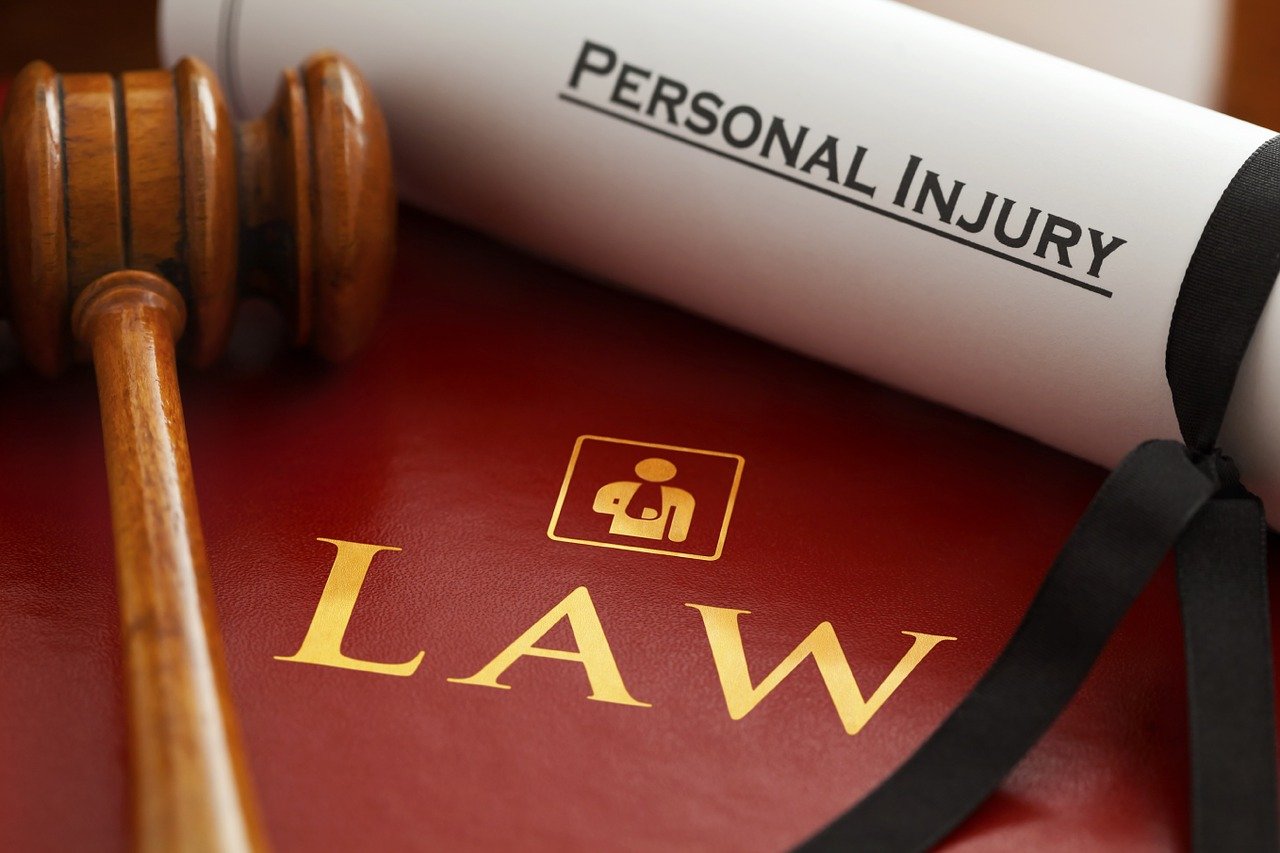
A personal injury case comes about when someone suffers harm, whether accidentally or not. Along with suffering harm or injury, someone else may be legally responsible. The person who’s responsible should have insurance that pays money to cover the injured person’s medical bills, ongoing medical expenses, and for their pain and suffering.
In a situation involving medical malpractice, a personal injury attorney might work with the insurance company as well as lawyers for the hospital.
Personal injury cases often involve hiring a lawyer to represent you in court proceedings at the civil level. The court session is a time to try and show others legally at fault through a court judgment, but more commonly, these situations are resolved through an informal settlement before a lawsuit even needs to be filed.
In a formal lawsuit, the process usually starts when a private individual who is the plaintiff files a civil complaint against another individual or, in some cases, a business, government agency, or corporation.
The individual or entity the lawsuit is filed against is the defendant. The plaintiff is alleging that the defendant acted irresponsibly related to an injury or accident that caused harm.
In an informal settlement, which again is the most common way personal injury cases are resolved, a negotiation will happen, and then there’s a written agreement. In the written agreement, both sides agree to avoid taking any further action, and they resolve the situation through an agreed-upon payment.
So how do you know if yours is a strong and viable personal injury claim?
Below are some of the things that factor into whether or not you might have a case.
You Can Show Negligence
One of the main components of a successful personal injury claim is that you can show there was negligence. Negligence is often at the heart of personal injury cases, so before you can determine if you have a case, you need to think about the legal definition of the concept.
In fairly simple terms, negligence means that someone didn’t act in a careful or reasonable manner, and the failure to do so led to some type of damage. This might mean physical harm—for example, an injury or property damage.
A negligent individual doesn’t necessarily mean to cause harm under the concept, but someone viewed as a reasonable person would theoretically anticipate that harm could stem from the negligent act.
There are particular elements of negligence that you need to prove.
The first is the duty of care. To be considered negligent under the law, they must have owed you a duty of care.
There are a lot of varying ways this can play out.
For example, if you’re on the roadway and behind the wheel, you have a duty of care to other drivers and pedestrians. The owner of a store or similar business has a duty of care to make sure they’re keeping the environment safe for their customers. Manufacturers have a duty of care to provide products that are safe.
Medical professionals have the duty to provide an appropriate and adequate standard of care to patients.
Next, you have to show a breach of duty of care.
That means a defendant didn’t take the actions they should have given the situation, or they took actions that led to harm.
Another element of negligence in personal injury cases is called proximate cause. This means that to show negligence, the actions of the defendant must have been the proximate cause of your injuries. To put it in other terms, if the defendant hadn’t behaved the way they did, the injury wouldn’t have occurred.
Finally, the damage is part of negligence. You have to prove as the plaintiff that a form of damage resulted from the negligence of the defendant. If a case ends up going in court, it will determine the damages and base compensation on them.
Attorneys’ Evaluation of Your Claim
In order to succeed legally with a personal injury claim, you’ll likely need to work with a lawyer, and in doing so, they’ll evaluate your claim.
The things that an attorney will be looking for as they decide whether or not to take your case include proof the other party was negligent and the ability to show the negligence caused your injuries. They’ll want to see details of the damages resulting from your injuries, like medical bills.
You’ll also have to file a claim in time to meet all of the requirements in your state.
Calculating Losses
As part of determining if you have a personal injury claim, you’ll have to be able to show damages or losses, as we’ve talked about.
Economic damages are those financial losses that you experienced because of your injuries and accident.
An attorney can help you calculate your economic losses, often starting first and foremost with your medical expenses. For example, if you had hospital or doctor bills, then these will be figured into your economic losses.
Lost earning potential and income and the cost to repair or replace your damaged property will factor in.
Your lawyer will want to see as much documentation as possible to calculate economic losses. This documentation could include check stubs, medical bills, and anything else showing your losses.
Something else that will be assessed, evaluated, and calculated is your non-economic damages. In many states, you can seek compensation for non-economic damages that include loss of companionship, pain and suffering, and not being to participate in things you enjoy. These damages are tougher to calculate, and lawyers look at a wide variety of factors when they evaluate them.
For example, lawyers will look at how severe your injuries are and the long-term outlook for your recovery.
They might also look at how limited you are after your accident and how your injuries affect your relationships and overall lifestyle.
Finally, in some states and circumstances, punitive damages may be available. Punitive damages aren’t meant to compensate you for whatever your losses are. They’re meant to punish the defendant for malicious or reckless behavior.







